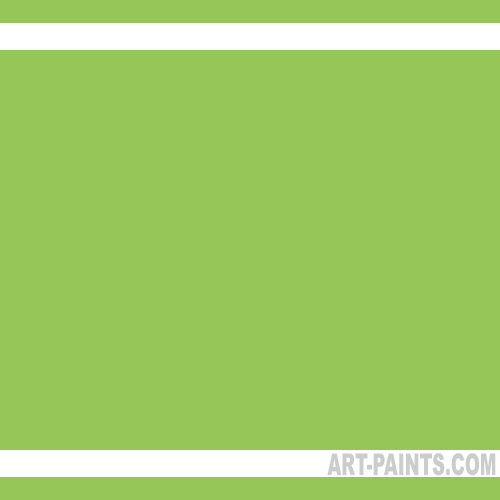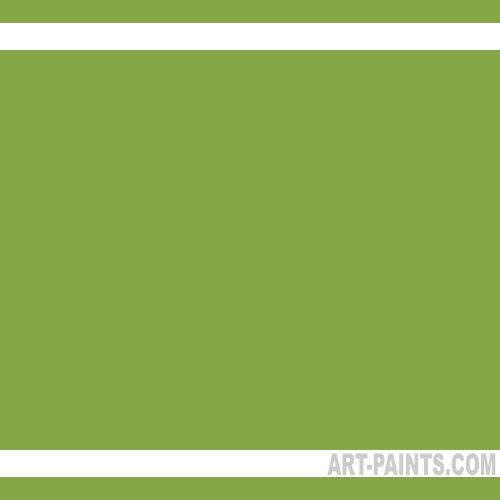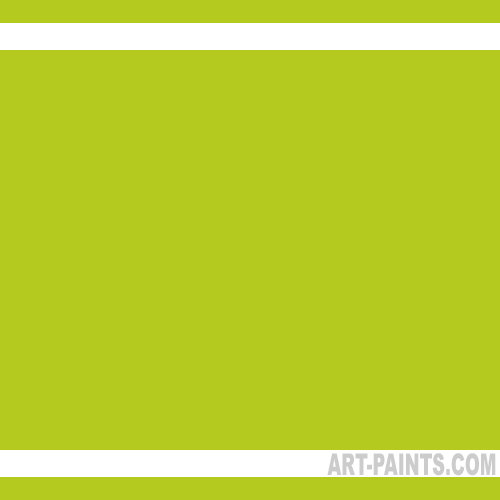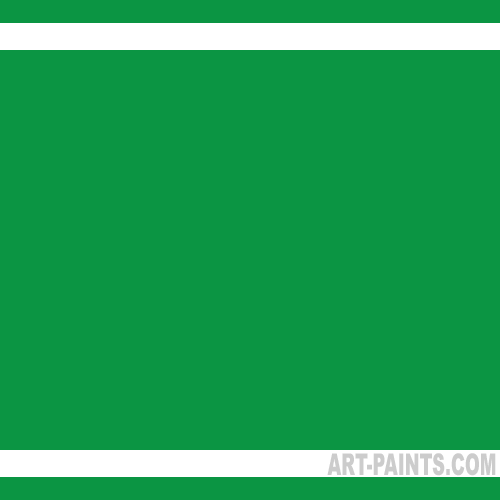The pale green Peridot is the happy birthstone for August, and represents luck, success, courage, dignity, passion and fame.
If you’re a lucky painter whose birthday is in August, your stars are in alignment to become a successful, passionate artist of repute. Just keep practicing!
The peridot is rather special among gemstones. Its distinctive feature is that this stone only comes in one color. However, there are startling variations of color within that one hue.
This stone is a crystal, so it reflects and refracts light naturally like a prism. Because of this reflective nature, each stone has many color variations based on the light source and its surrounding. The tones can range from lime, yellowish green, medium dark green or olive green, so you have a lot of options in choosing a palette to paint the colors of a peridot.
Using Premixed Greens On Your Palette
As we all know, green is not a primary color. It’s a combination of blue and yellow. One common mistake that many beginning artists make is to use premixed green directly from the tube. It shows, and if you’re planning to paint a landscape or other subject matter that contains a lot of green, you’ll be a wiser and far more professional appearing artist if you learn to rely on your mixing abilities to create luscious greens.
However, that doesn’t mean you shouldn’t use premixed greens. Just don’t rely on them as your main source of green color. Learn which colors manufacturers combine to create their pre-packaged green shades. You’ll save money by needing fewer tubes of paint, and you’ll have a better understanding of how colors work together.
Cadmium Green Light
This rich green leans toward the yellow side of the color wheel, and is great choice for painting the base color of a peridot, a beautiful spring field or any sort of plant greenery. Cadmium Green Light is a bold mixture of Viridian and Cadmium Yellow. These are both vibrant colors and this shade can easily take center stage if not used judiciously.
Pale Olive Green
This green is a rather gray-toned green that’s a combination of Phthalo Green and Nickel Dioxine Yellow. The duller appearance of this color is good for the shadow side of a yellow-green subject and keeps a vivid green from appearing too artificial. This color is quite transparent, so it makes an excellent glaze to tone down an area that appears a bit too bright.
Yellow Green
Yellow Green has more life than Pale Olive Green. Its green tone doesn’t contain any blue like the Pale Olive Green, so it adds a more energetic accent to your work. Both the Chromium Oxide Green and the Titanium White that are used to create this color are opaque, so it has a good covering power. It also is made with Hansa Yellow, which adds a warm yellow tint to the mix.
Hooker’s Green
This deep green is a rich hue that is very versatile. It can be used alone or with other shades to create depth and intensity. This color is really a combination of New Gamboge and Prussian Blue. If used alone, it’s a dark, almost black, color in many manufacturers’ formulas. It seems to be more popular with watercolorists than with oil or acrylic painters, although it’s a very good all-around green to have in your tabouret.
Greens range from the palest hints of life to the deepest shadows. Since green is not a primary color, it has infinite variations based on the combination of blue and yellow used to create it. It’s one of those things that artists seem to find hard to master and may overuse without thinking. When you learn to observe nature, you’ll see that true greens aren’t used nearly as much as you might expect. Learn to mix your own greens; you’ll be a better artist for your efforts.



